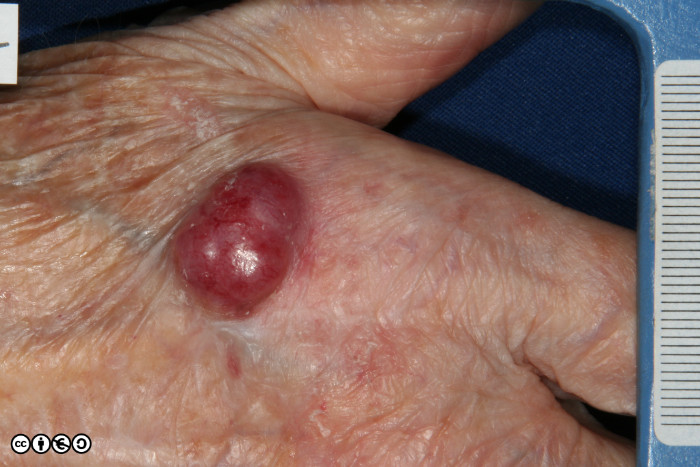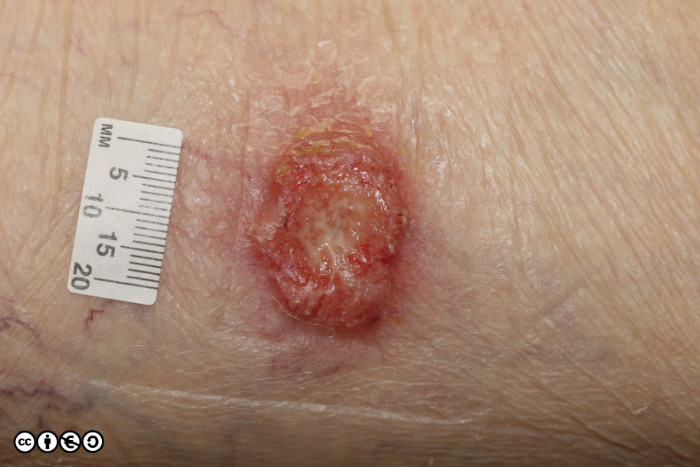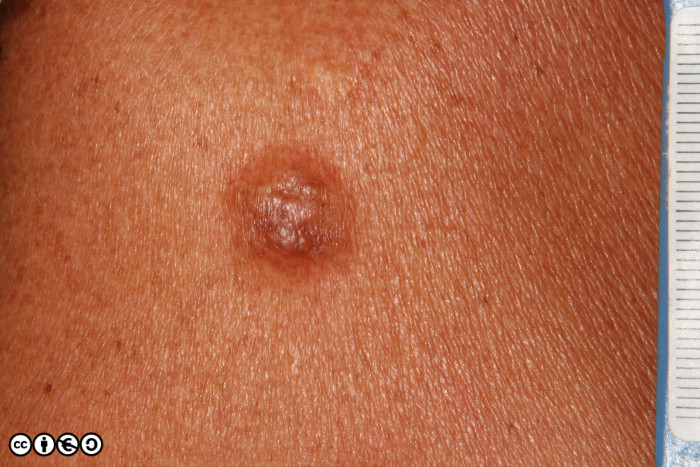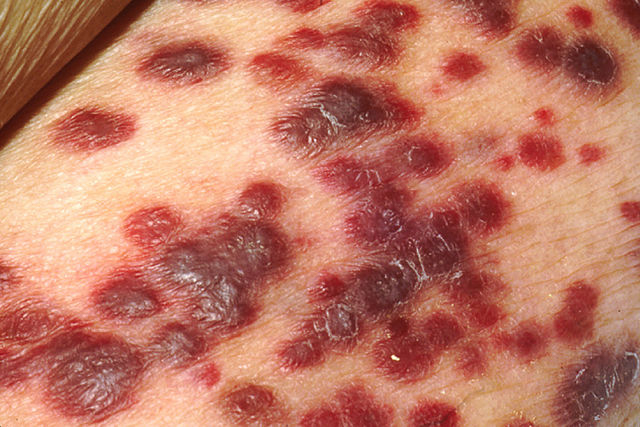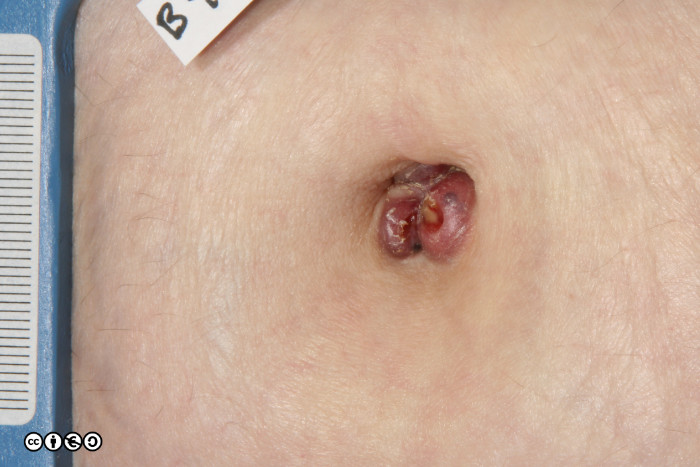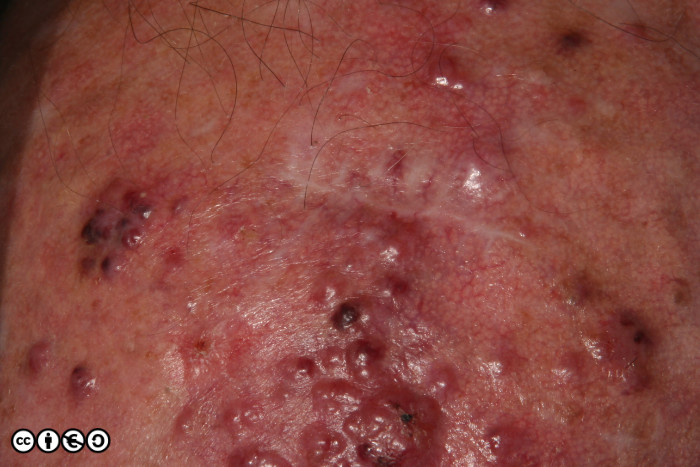We have already dealt with the common tumours of keratinocytes and melanocytes. The chapter briefly covers some other rare tumours of skin. It is good to have heard about these tumours, but move on quickly and do not go looking for more.
This chapter in one minute
Basal cell carcinomas, squamous cell carcinomas and melanomas account for close to 98% of all skin cancers. They are all related to UVR, and the incidence of all these cancers has increased markedly over the last two to three decades.
A range of other tumours account for the remaining 2%, and although we expect you to have heard of them, we do not expect you to know much about them. Many of these tumours are hard to diagnose clinically, and their management based on ‘reason’ and anecdote rather than robust empirical study. Some of these tumours, such as Merkel cell carcinomas and some appendage tumours appear UVR related — and, as expected, their rates have increased over recent decades. Others, such as skin sarcomas and cutaneous B cell and T cell lymphomas do not appear related to UVR.
Merkel cell carcinoma (MCC)
This is a neuroendocrine carcinoma of skin. It is rare, but only has a 70% survival rate at 5 years (due to metastatic spread). It is believed that the Merkel Cell Polyomavirus is causally implicated in its pathogenesis. Not surprisingly, MCC rates are raised in the immunosuppressed. It is treated by excision with or without radiotherapy. The bigger the primary tumour the worse the prognosis. An image of a typical MCC is shown below.
Appendageal carcinomas
There are a large number of benign keratinocyte tumours related to hair follicles and sweat glands: do not delve deeper. There are also rare malignant tumours of these structures which, in general, are managed as though they were squamous cell carcinomas. Many are capable of metastasising. Below is an image of a malignant sweat gland tumour.
Cutaneous lymphoma
Primary lymphomas of the skin can be either T cell or B cell. Cutaneous T cell lymphoma (CTCL) usually presents as a widespread rash that resembles psoriasis, and is often misdiagnosed as psoriasis. As it progresses, the lesions become more nodular. It tends to progress slowly over decades, leading to death.
Cutaneous B cell lymphoma (CBCL) usually presents as erythematous nodules or plaques. The clinical behaviour and classification is very varied and management requires close collaboration between dermatologists and haematologists. Two images of B cell lymphomas are shown below.
Sarcoma
The most common primary cutaneous sarcoma is the dermatofibrosarcoma protuberans (DFSP). It often presents as a firm nodule or plaque reminiscent of an ‘odd’ dermatofibroma, over the shoulder girdle in a young adult. Treatment is by wide excision with or without radiotherapy. Local recurrence is common, and metastatic spread may occur in a minority of cases.
An image of another type of cutaneous sarcoma, a leiomyosarcoma, is shown below. Again, it presented as a firm indolent nodule with the diagnosis relying on clinical suspicion and histopathology.
Kaposi Sarcoma (KS)
This is a spindle cell malignancy derived from vascular endothelium. It occurs in various patient groups, including untreated HIV/AIDS infections, other immunosuppressed groups (e.g organ transplants), and some elderly populations. The Human Herpesvirus 8 (KS associated herpesvirus) is implicated in all cases. The image below is from a HIV infected person. The clinical presentation is highly variable.
(Image below by OpenStax College – Anatomy & Physiology, Connexions Web site. http://cnx.org/content/col11496/1.6/, Jun 19, 2013., CC BY 3.0, Link)
Skincancer909 by Jonathan Rees is licensed under a Creative Commons Attribution-NonCommercial-ShareAlike 4.0 International License. Where different rights apply for any figures, this is indicated in the text.

